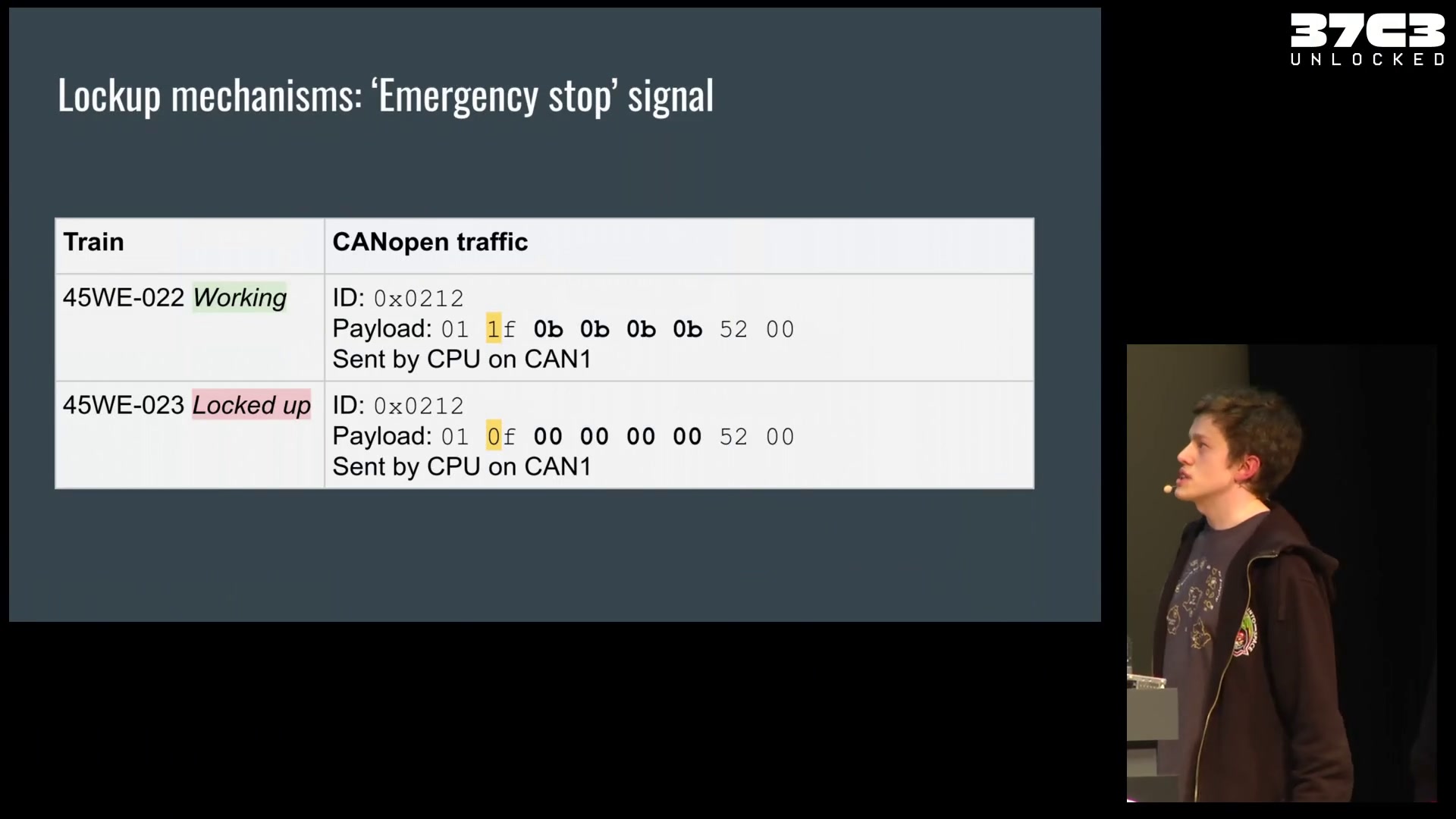

How to neither downplay the death of Renee Good nor the uncountable number of people, mostly people of color, who were murdered by near equally fascist police forces without the public outrage her murder finally rightly elicited? I am tired and yet I feel bad to even complain about it because look at this shit.





It’s a stupid fucking name alright. I guess it’s a bit like any old scandal being noungate despite the Watergate scandal being named after the building and having nothing to do with water.